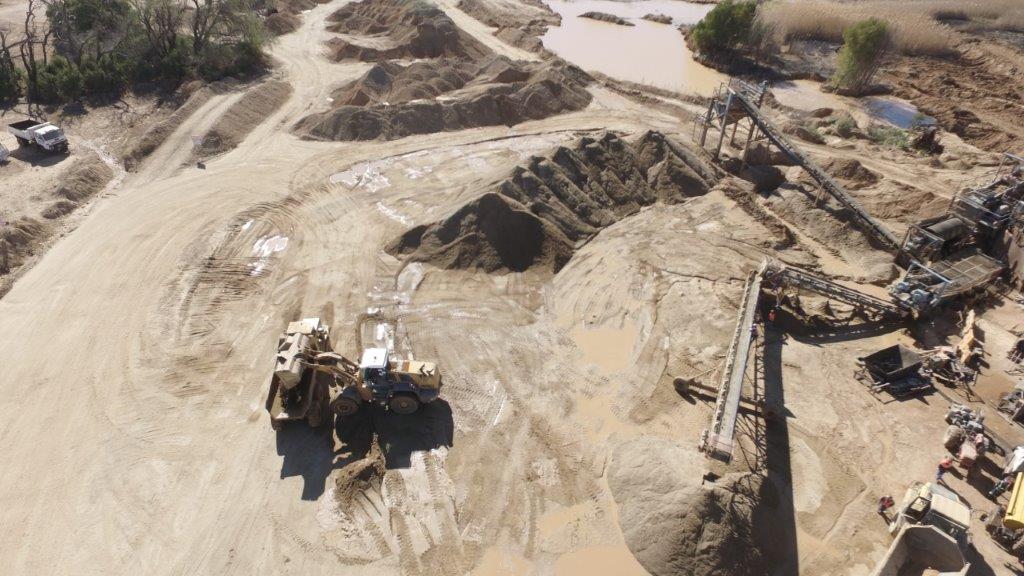How is sand mined from the earth?
When you think about mining, chances are that the first things to come to mind are gold, precious metals, coal, and base metals like nickel used in many everyday items. Well, what if we told you that sand mining is actually just as important (if not, more so) as mining for things like aluminum and steel ore?
That’s right, sand is that important! The reason for this is because sand is one of the most valuable and most used natural resource on the planet. Primarily, it’s used as a key ingredient in mixtures such as asphalt and (more commonly) concrete, thus making it an essential resource in the development of the human race.
So, a question then arises: how exactly is sand mined from the earth? Do miners have to dig deep to find the right type of sand or is it mostly available on the surface? Let’s find out.
The intricacies of sand mining
To put it in a nutshell, sand mining encompasses the extraction of several kinds of aggregates from the earth in bulk, usually from areas which house gravel and rocks that are of great quality. After the sand is extracted from the ground, it is often taken to a refinement facility to create the final product used in industries like construction and (subsequently) mining (through fracking).
The amount of sand that has been mined in recent years has grown exponentially, largely as a consequence of rapid economic growth in Asia and the consequent boom in construction. Sand was, until recently, extracted in land quarries and riverbeds; but a switch to marine and coastal sand mining has occurred because of the decrease of inland resources. River and marine aggregates are now the primary modes of sand mining.
The consequences of sand mining
While sand mining is very beneficial for construction companies, this toxic practice has some catastrophic consequences for the environment. On beaches and dunes, the removal of sand has a severe impact on nearby wildlife. Sea turtles rely on shores, for example, as they require sandy banks to settle down their nests. The same is true for gharials – a species of crocodile found in the Indian subcontinent – that are nearly extinct partly due to sand mining destroying their natural habitats.
In addition to threatening wildlife, sand mining is a leading cause of soil erosion. When you remove sand from its natural setting, you remove crucial physical barriers that could be been protecting communities from flooding. When it comes to marine sand mining, we can’t ignore the importance underwater sand for marine life of all kinds. Damaging it destroys the natural make-up of the water, which makes it highly turbid, resulting in the killing of large numbers of species.
While sand mining does have its consequences, at the end of the day, mankind can only solve the problem in time. Thanks to the ever-growing interest in space exploration, several kinds of technologies have been invented that could ultimately eliminate the need for concrete, and in essence, sand mining. Until we perfect the technology, however, we’ll have to rely on outdated and damaging methods to progress.
If you’d like to learn more about sand mining, or if you’d like to purchase sand in bulk, don’t hesitate to get in touch with us today!











